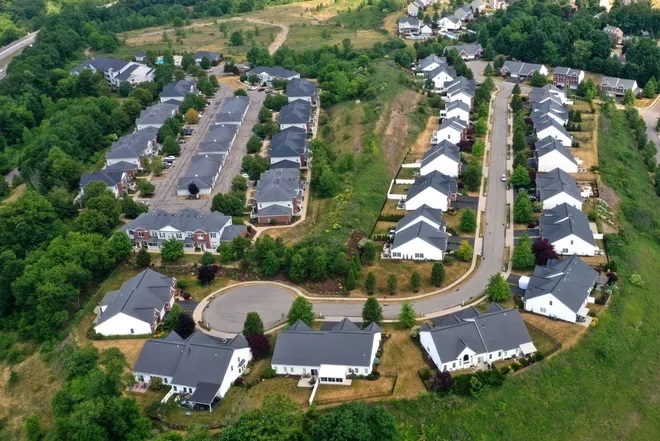The Federal Reserve currently has two major challenges — fighting inflation and averting a credit crunch. Raghuram Rajan, the former governor of the Reserve Bank of India, summarized the problem: “They (the Federal Reserve) are between a rock and a hard place. You are damned if you raise rates significantly more and put more pressure on the banks, but you are damned if you don’t, and inflation accelerates.”
Inflation reduces purchasing power, since a fixed amount of money will purchase fewer goods and services. The rate has come down from its peak (9.1%), but is much higher that the Fed’s target of 2%. The Fed is hoping to douse inflation before it ignites a long-smoldering dumpster fire. If inflation becomes entrenched in public psychology, it can become self-perpetuating. This could force the Fed to raise short-term interest rates to much higher levels than the current rate of 5%. During the 1970s, we suffered from runaway prices. Our central bank was inconsistent; they would raise rates for some time periods and then stop when a recession followed. Only in the early 1980s, when Chairman Paul Volcker raised overnight rates above 20%, did we break the back of inflation.
The banking system has undergone strains following the collapse of three midsize banks earlier this year. In recognition of this issue, the central bank did not raise interest rates despite the economy and inflation not slowing as much as they had anticipated. It has been reported that Fed regulators are keeping close tabs on 20 to 30 institutions that they see as vulnerable.
Historically, rising interest rates benefitted banks. Although the market value of their loans and securities declined when rates rose, their deposits become more valuable because banks did not fully pass along higher rates to depositors. The financial landscape has changed. In today’s tech-savvy environment, depositors are more likely to move their money in search of higher yields to other banks or to money-market funds. Jeremy Stein, a former Fed governor, said, “If depositors are mobile, then higher rates in general start to be pretty bad for banks.”
The recent failure of three regional banks was attributable to a number of factors, such as:
- Rapidly rising interest rates that resulted in large declines in the market values of their holdings of Treasury bonds and mortgage holdings
- High levels of uninsured deposits
- Lax supervision by the US Federal Reserve of midsized banks
- Poor bank management.
To forestall further bank runs and prevent systemic risks, the Fed has implemented a series of measures, such as guaranteeing all bank deposits of the failed institutions, providing emergency liquidity, and a swift resolution of these troubled institutions.
In recognition of concerns about their financial stability, regional banks and other lenders have tightened their lending standards and reduced their credit availability. These measures have been felt by small businesses and households, which rely primarily on such institutions for credit. In addition, regional banks play the primary role of financing for office buildings, shopping malls and apartment buildings.
Fed officials have suggested that they could nudge rates higher at later meetings. This would give them more time to assess whether economic activity and banking sector conditions are unfolding as they expect. Eric Rosengren, who was president of the Boston Fed from 2007 to 2021, highlighted the current dilemma: “No model is going to say increasing rates in June rather than September is going to make a huge difference to the path of inflation, but if you raise interest rates and you already have a lot of embedded problems in the bank portfolio, you may end up causing a more severe recession.”
Originally published in the Sarasota Herald-Tribune




